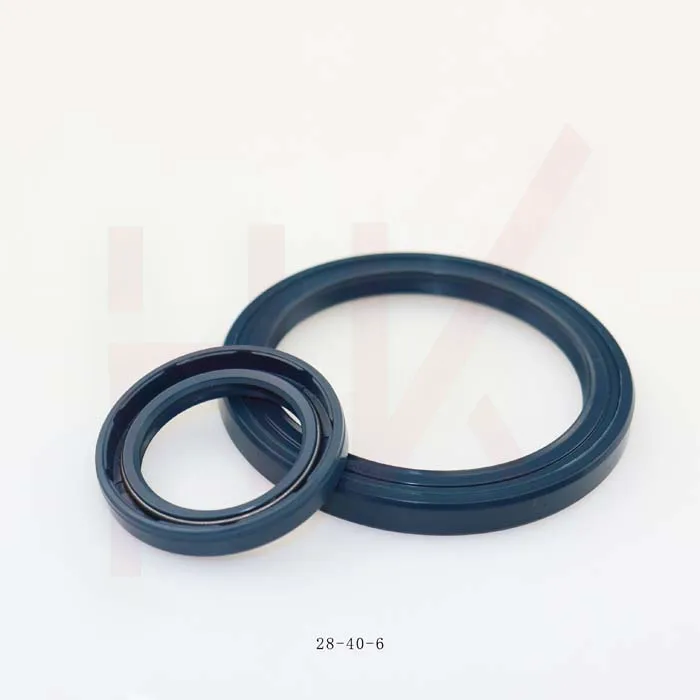снеж . 24, 2024 00:50 Back to list
Hydraulic Ram Seal Change Procedure and Tips for Effective Maintenance
Hydraulic Ram Seal Replacement A Comprehensive Guide
Hydraulic rams are vital components in various machinery and systems, from construction equipment to agricultural tools. They rely on hydraulic fluid to function effectively, and one of the most critical parts of a hydraulic ram is its seals. Over time, these seals can wear out due to pressure, friction, and environmental factors, leading to leaks that can compromise the system's efficiency. Replacing hydraulic ram seals is essential for maintaining optimal performance. This article provides a detailed guide on the importance of seal replacement and the steps involved in the process.
Understanding Hydraulic Seals
Hydraulic seals play an essential role in preventing fluid leakage and maintaining pressure within the hydraulic system. They are designed to withstand high pressures and harsh conditions. However, factors such as temperature fluctuations, contamination by dirt or debris, and regular wear and tear can cause these seals to degrade. Symptoms of failing seals may include visible leaks, reduced hydraulic pressure, and erratic operation of the hydraulic ram. Prompt replacement of worn seals not only improves system performance but also extends the lifespan of the equipment.
Why Seal Replacement is Important
1. Performance Efficiency Worn or damaged seals can lead to decreased efficiency in hydraulic systems. By ensuring a tight seal, the hydraulic ram can operate smoothly, delivering consistent power and speed.
2. Preventing Damage If leaks go unchecked, they can lead to damage in other components of the hydraulic system. Fluid loss can result in overheating and strain on the system, eventually leading to costly repairs or replacements.
3. Safety A malfunctioning hydraulic system can pose safety risks to operators and surrounding personnel. Leakages can lead to hazardous situations, including slips or equipment failures. Replacing seals timely is essential for ensuring the safety of the work environment.
Steps to Replace Hydraulic Ram Seals
Replacing hydraulic ram seals may seem daunting, but with the right tools and precautions, it can be a manageable task. Here’s a step-by-step guide
1. Gather Tools and Materials Before starting, ensure you have the necessary tools and materials. You will need replacement seals, pliers, a socket set, torque wrench, crowfoot wrench, and a clean work environment to prevent contamination.
2. Disconnect Power Always begin by ensuring the hydraulic ram is powered down. This prevents accidental activation, which can lead to injuries during service.
hydraulic ram seal replacement

3. Drain the Hydraulic Fluid Carefully drain the hydraulic fluid from the system. Make sure to capture it in a clean container for proper disposal. This step is crucial to avoid spills and excessive leaks during seal replacement.
4. Remove the Ram from the Equipment Detach the hydraulic ram from the machinery. This may involve removing bolts and connecting lines. Take care to remember the order of disassembly for easier reassembly.
5. Disassemble the Ram Once the ram is removed, disassemble it to access the seals. This may require unscrewing or pulling apart components. Be cautious of gas springs or other potential hazards within the ram.
6. Inspect and Remove Old Seals Thoroughly inspect the old seals and surrounding components for wear or damage. Carefully remove the old seals using pliers or a seal removal tool, taking care not to scratch the sealing surfaces.
7. Clean the Sealing Surfaces Before installing new seals, ensure that the sealing surfaces are clean and free of debris. Any dirt can compromise the effectiveness of the new seals.
8. Install New Seals Carefully install the new seals, ensuring they are seated properly. Follow manufacturer specifications for orientation and placement, as incorrect installation can lead to premature failure.
9. Reassemble the Ram Once the new seals are in place, reassemble the ram, ensuring all components are securely fastened and torqued according to specifications.
10. Reattach the Ram and Refill Fluid Reattach the hydraulic ram to the equipment, reconnecting all lines and securing bolts. Finally, refill the hydraulic system with clean fluid.
11. Test for Leaks After everything is reassembled, test the system under pressure to ensure no leaks are present. Monitor for unusual noises or erratic behavior, which might indicate improper installation.
Conclusion
Replacing hydraulic ram seals is an essential maintenance task that can significantly enhance the performance and longevity of hydraulic systems. By following the steps outlined above and prioritizing regular maintenance checks, operators can ensure their hydraulic equipment remains in optimal condition, preventing costly downtime and safety hazards. Always consult manufacturer guidelines for specific instructions and recommendations tailored to your equipment. Investing time and effort in seal replacement can yield significant benefits in efficiency and safety in the long run.
-
The Trans-formative Journey of Wheel Hub Oil Seals
NewsJun.06,2025
-
Graphene-Enhanced Oil Seals: Revolutionizing High-Pressure Oil Sealing
NewsJun.06,2025
-
Future of Hydraulic Sealing: Advanced Intelligent TCN Oil Seals
NewsJun.06,2025
-
Don’t Let a Broken TCV Oil Seal Ruin Your Day
NewsJun.06,2025
-
Bio-Inspired Dust Seals for Better Sealing Performance
NewsJun.06,2025
-
Biodegradable and Sustainable Hydraulic Seal Materials
NewsJun.06,2025
-
Top Oil Seal Solutions for Your Industrial Needs
NewsMay.22,2025
Products categories
















